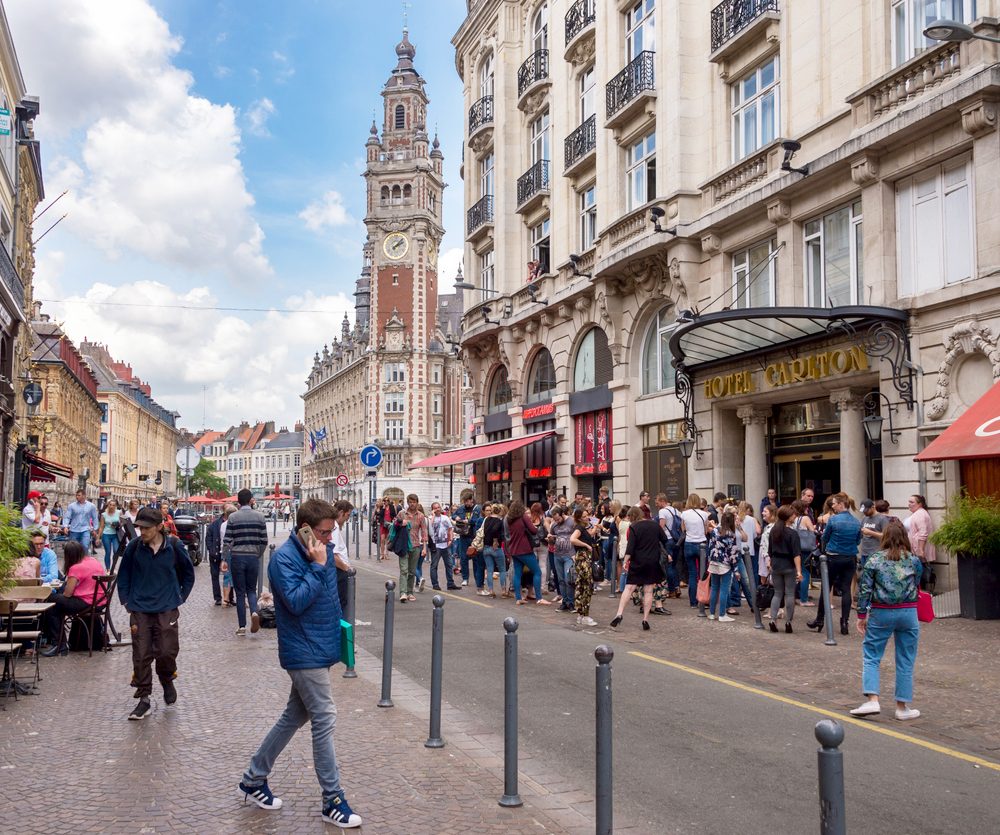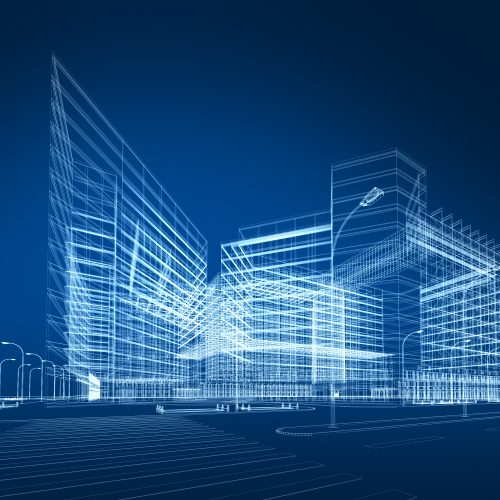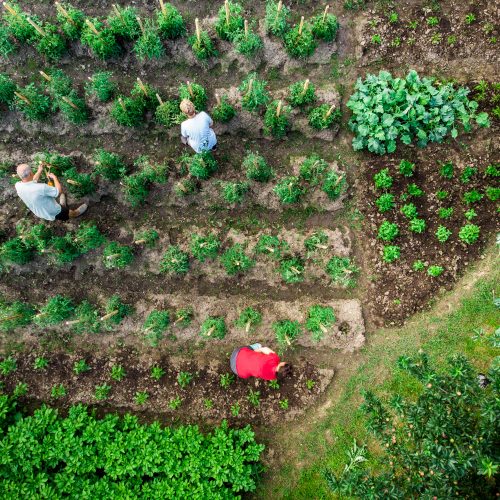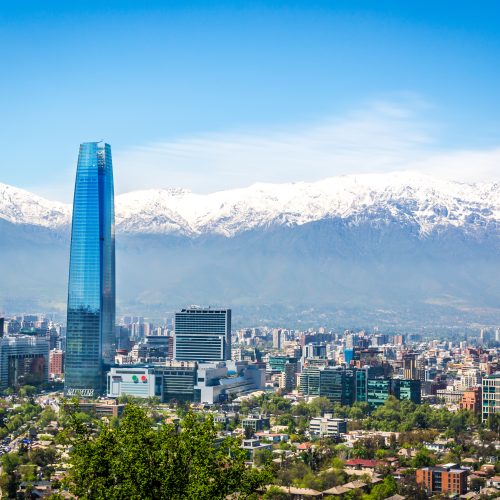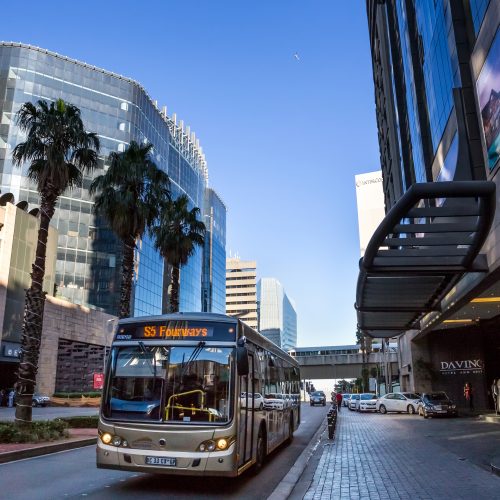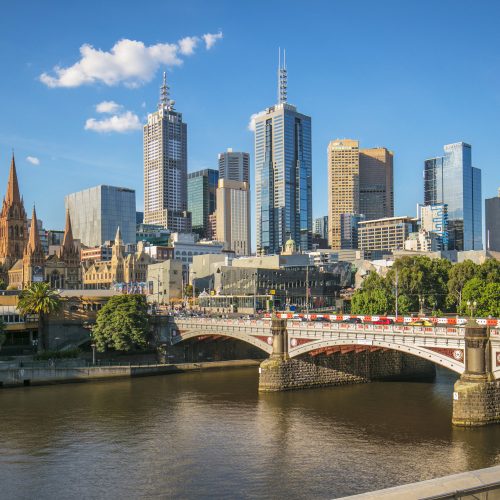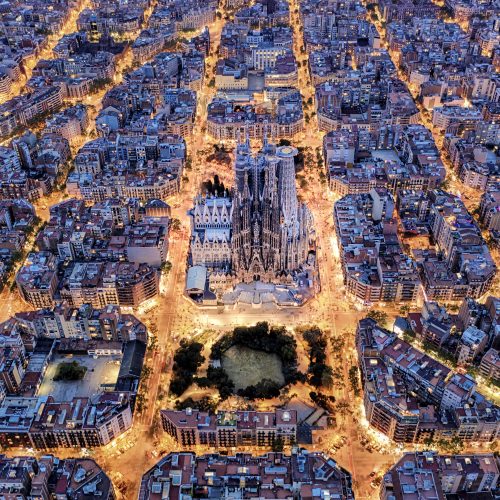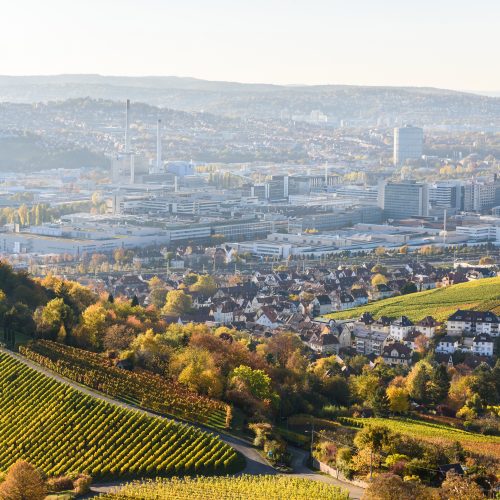Context and policy overview
Together with the Lorraine region, Nord-Pas de Calais was a cradle of the industrial revolution in France. While coal mining and steel industries developed in the region, Roubaix – one of the four major cities in Nord-Pas de Calais – built its industrial prosperity on textile manufacturing. However, in the early 1970s, the textile industry fell into crisis and 50,000 jobs were lost in Roubaix and the surrounding areas.[1]
The decline of the city’s textile industry created a host of interlinking challenges including unemployment, low skill levels, urban decay, housing market collapse, poverty, inequality, violence and racism.[2] As a way to tackle these issues and attract the middle classes back to the city, Roubaix identified a series of strategic objectives.[3]
- recovery from deindustrialisation by encouraging the growth of new sectors
- revitalisation of the rundown city centre and rebuilding of a retail offer
- addressing the need for better, more affordable housing for residents and attracting new residents, and ensuring that investment and economic development benefit existing residents, especially by providing training and new employment opportunities
René Vandierendonck was elected mayor of Roubaix in 1994 with a political mandate to revitalise the city centre. The mayor’s strategy was implemented in a changing political and economic context. Lille Metropolitan Authority (LMCU) – an intercommunal cooperative body with investment-related responsibilities transferred from its 87 individual member municipalities – started to play a strategic role in developing a vision for economic development and urban regeneration. LMCU also initiated a series of long-term agreements with the mayors of the region’s four big cities, which led to the emergence of a consensus and a grouping together of budgets.[4]
The resulting strategy, Ville Renouvelée (“renewed city”), includes a spatial plan for metropolitan Roubaix and aims to reverse urban decline and create value for residents and investors. The concept became one of the key objectives of the 1997 strategic plan for the Lille metropolitan region and also informed French national urban policy.[5]
Implementation
Regeneration of the city centre was planned across five key areas:
- creating secure and successful public spaces which enhance the architectural legacy of Roubaix
- improving the retail offer and establishing the city centre as a commercial destination
- designating zones, including enterprise zones, to channel economic development into strategic areas
- launching a cultural strategy to promote Roubaix as a cultural destination
- renewing the city’s housing stock.
Improvements to the public realm were designed to entice investment, businesses and shoppers to the city centre. These actions included (i) egenerating the main central square and its civic buildings; (ii) regenerating public spaces and streets while respecting the local architectural and industrial heritage; (iii) regenerating the Canal de Roubaix; (iv) promoting the painting of façades in bright colours to break up the grey, industrial image of the city and (v) improving safety, for instance through additional policing and CCTV.
To improve the city centre’s retail offer, the city council established a small core of commercial opportunities through improvements to the streetscape design; improvements in public transport interchanges for the metro, tram and bus; financial and technical support such as tax exemptions for people interested in opening retail shops, and grant to support the refurbishment of buildings. Two large retail outlet centres were also opened on the outskirts of the city. The designation of Roubaix as a Zone Franche Urbaine (tax-exempt enterprise zone) in 1997 brought taxbreak incentives and helped promote business and job creation. These measures helped to spread the benefits of the renewal programme across the city and its communities.[6]
Barriers and critical success factors
Key to the success of Roubaix’s regeneration was the strong city-regional relationship in which political cooperation developed in the early 1990s. Beginning in 1994 with the mayoral tenure of René Vandierendonck, collaboration increased between the city and the LMCU. The regeneration benefited from outstanding civic leadership and vision both at the city-regional level and at the level of the city of Roubaix itself. The sharing of budgets between the regions also facilitated more collaborative opportunities. The regeneration process in Roubaix was also heavily influenced by the fact that the various urban, social and economic regeneration elements were carried out in parallel within a concentrated period of change. It was the synergy between these elements that made the process a real success.[7]
Investment in the public realm, housing and communities as well as job creation and business incentives also increased the desirability of the city and attracted people to return there to live and work. The city’s cultural policy also helped to enhance Roubaix’s image, enabling the celebration of its cultural and social history while creating a dynamic modern environment and attracting younger, wealthier people and even tourists
Resource implications
Roubaix has been used as an experimental area for all urban policy initiatives taken by successive local governments across the country since the birth of urban policy in the early 1980s. This has created a relatively complex combination of schemes and funding but has also meant that the city has used all possible programmes. While the city had a weak tax base, it was able to tap into substantial funding from the central government and the LMCU. One of the challenges for the Lille city-region has been leveraging funding from many different levels (for instance, EU, national and local levels) to finance a clear and coherent approach to metropolitan regeneration.
Results and lessons learned
The strategy has brought meaningful improvements in the public realm to central Roubaix, from quality infrastructure such as housing, unified paving, street furniture, cleanliness and coloured facades, to jobs, skills and business opportunities. The middle classes have returned to the city, the property market has recovered, and the city’s image has been transformed.
Roubaix now has a standardised system to conserve and refurbish industrial buildings that date from the industrial revolution. Alongside the improved public realm, these initiatives have supported the reemergence of retailing in the town centre.
Today, Roubaix has many important cultural amenities, including La Piscine museum, which saw the city’s old public swimming pool converted into an internationally known cultural venue thanks to an innovative regeneration programme.[8]
Local leaders have also crafted a strategy for cultural regeneration against great odds. The Ministry of Culture awarded Roubaix the title of Ville d’Art et d’Histoire, only one of 59 cities to earn the title. Similarly, a range of factors including a better nationwide economic climate, the impact of the tax-exempt zone, and improved links between economic development and local employment, has cut unemployment from 33 per cent in the 1980s to 22 per cent in 2005.[9]
Furthermore, people have moved to Roubaix and invested there. As central Lille became more expensive, Roubaix’s improved city centre became more appealing, not least thanks to its proximity – only 20 minutes away by metro train following the completion of a new line. The many renewal strategies featured in the programme have also benefited vulnerable groups, in particular in terms of local employment opportunities.[10]








